
St. Martinustsjerke
Ferwert, NL
The church was originally dedicated to Martinus. The single-nave church and the tower were built in the 15th century. Around 1525 the tower was raised and in the same period the choir was completed.
Here you can search for a building to visit. You can use the map find destinations, or you can use the filters to search for a building based upon what different criteria.

Ferwert, NL
The church was originally dedicated to Martinus. The single-nave church and the tower were built in the 15th century. Around 1525 the tower was raised and in the same period the choir was completed.
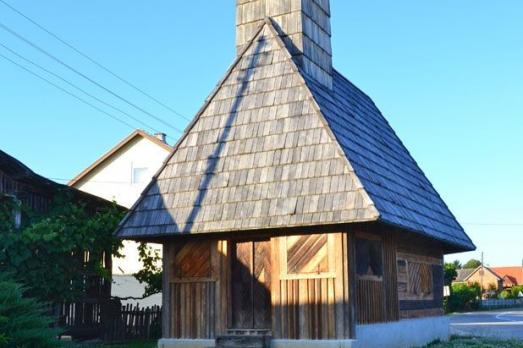
Stari Brod, HR
The wooden chapel of Saint Martin in Stari Brod, built in the 17th century, is a rare example of traditional Baroque architecture with a fully preserved painted interior. Although extremely dilapidated, the chapel remained in service until 2007, when its reconstruction began. After the restoration work was completed in 2015, the chapel was put back into service.
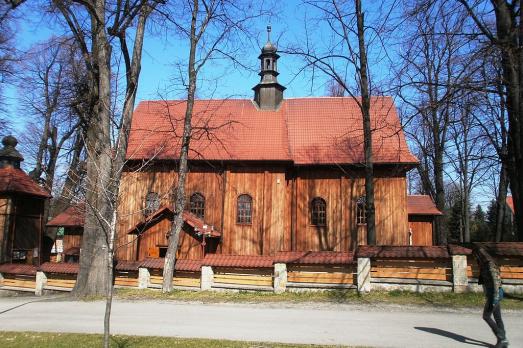
Wiśniowa, PL
St. Martin’s church in Wiśniowa was built in 1720-1730 and comprehensively renovatedand reconstructed in the 19th century.
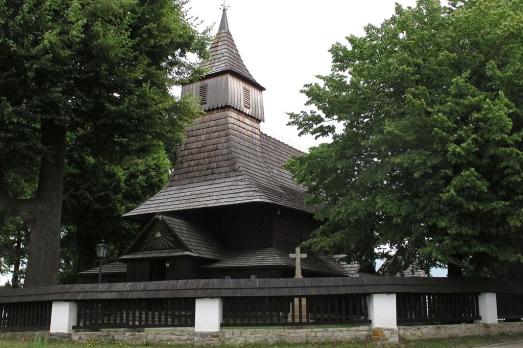
Tarnowiec, PL
St. Martin’s Parish Church in Zawada (15th century) stands on the crest of a hill.
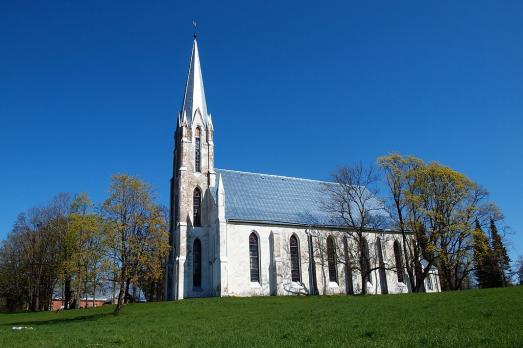
Maarja-Magdaleena, EE
The St. Mary Magdalene Church is a stone church first mentioned in 1380 as an auxiliary church of the congregation of Palamuse. The church was probably built in the second half of the 14th or 15th century. During the wars of the 16th century, a large part of the church of Mary Magdalene was destroyed. In 1642 the construction of a new church began. After the Great Northern War, the church had to be repaired again, although it came out of it without major damage. In 1885-1887 the old church was completely rebuilt in the neo-gothic style. The last major renovation took place in 1937.
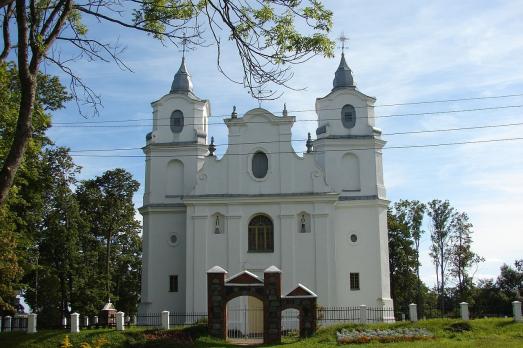
Auleja, LV
St. Mary Magdalene Church is a Roman Catholic church built in 1709, where the Jesuits were active until 1820 when Alexander I expelled them from Russian territory. The first wooden Catholic church in Auleja was built in 1530, it was one of the oldest wooden churches in Latgale. In 1626 it passed into the hands of the Jesuits who rebuilt it. Restoration work was carried out on this church in 1675, but after 10 years, in 1685, the church burned down. Until 1709 there was a temporary church in Auleja.
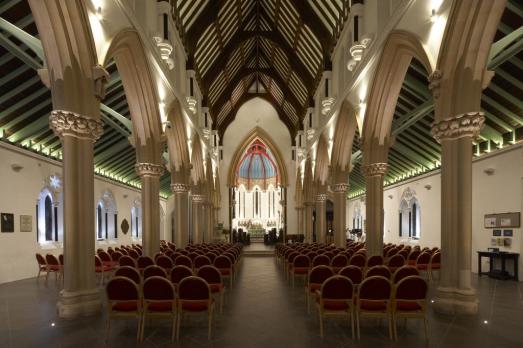
Bristol, GB
The foundation stone of the St. Mary Magdalene church was laid on August 5, 1858, and the church was consecrated on March 13, 1860. However, additions such as the north nave, the tower and its spire and the south transseptal chapel made the construction of the church last until 1883.
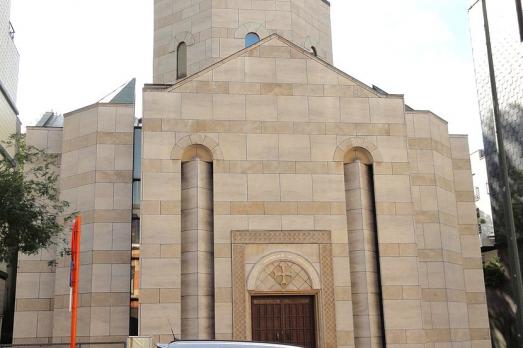
Ixelles, BE
St. Mary Magdalene Church is an Armenian Orthodox religious building built from 1986 to 1990 in a postmodern style. In the early 1980s, the non-profit organization Foundation for the Armenian Church in Belgium started to raise funds for the construction of a church. His project was designed by the architect Haïk Mardikian and the engineer Jacques Kupélian who were inspired by the shape of the Holy Cross Church of Aghtamar.
Isle of Man, GB
The St Mary of the Isle Cathedral, also referred to as the Cathedral of St Mary of the Isle, is a Roman Catholic cathedral in Douglas, Isle of Man. It is one of two cathedrals on the Island, and one of six Catholic churches.
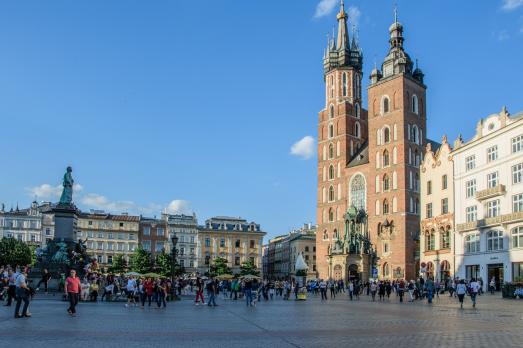
Kraków, PL
The Church of Our Lady Assumed into Heaven is one of the most famous monuments of Krakow and Poland. It is a Gothic church built in the 14th and 15th centuries.

new
Nestled amidst the serene landscapes of the Harz region, lies a hidden gem for nature enthusiasts and history buffs alike - the Harz Monastery Hiking Trail. Lace up your hiking boots and embark on this captivating adventure that will transport you back in time.

The Holy Mile (Miglio Sacro) of Naples is a one-mile-long itinerary, through sacred places linked to the city's patron saint, San Gennaro, in the Rione Sanità district. Discover the city from a new perspective with this unique walking tour.

As a university city, cultural offerings abound in Tartu and will reach their peak after being designated one of three European Capitals of Culture for 2024. In this list, we've compiled the most interesting sacred places to visit in and around the old town.